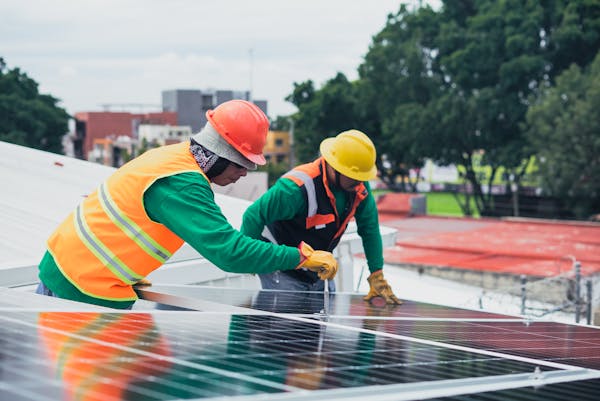When the heat turns on in your home, you expect comfort and warmth. But when your furnace seems to be acting strangely, it can be difficult to pinpoint what’s wrong and who to call for repairs.
Thankfully, many common furnace problems can be fixed with easy at-home troubleshooting. Start by checking your home breaker box to make sure the furnace switch is on. Discover more at furnace installation Coquitlam.
1. Clogged Air Filter
One of the most common furnace problems that homeowners experience is a clogged air filter. Ideally, you should change your home’s air filters every 90 days or monthly to avoid buildup of dust and debris that restricts your furnace’s ability to provide warm air. It is also important to ensure that your heating vents and registers remain open to ensure that warm air can travel to all areas of the house.
If your furnace seems to cycle on and off frequently, this could indicate a problem with the limit switch. This safety device is designed to detect when the heat exchanger overheats and shuts off the unit. This issue will likely require a professional repair. A clogged pilot flame is another sign that you need to call in a technician for repairs.
2. Overheating
If your furnace is cycling on and off frequently, or not delivering warm air to rooms in your home, there could be an issue with the heat exchanger. This is one of the most expensive parts of your furnace, so it’s critical to schedule professional heating repair as soon as you notice a problem.
The first thing to check is your circuit breaker – sometimes a switch will trip, cutting off power to the furnace. Also, make sure your gas valve is open so fuel can reach the ignitor and heat up.

Finally, it’s important to have your ductwork regularly cleaned so dust and dirt don’t block the heat exchanger or prevent airflow. This will also improve the efficiency of your heating system and reduce pollutants in your indoor air.
3. Thermostat Error
Your thermostat detects the temperature in your home and determines whether your furnace will produce heat or not. If your vents are only blowing cold air, check the thermostat to make sure it’s set to “Heat” mode and to the correct temperature. Also, check the switch on your furnace to see if it’s flipped down or off. It looks like a light switch, and sometimes someone will accidentally flip it off when they are resetting or turning on the heater.
Your furnace may also cycle on and off several times an hour if the flame sensor rod becomes coated in dust, hampering its ability to sense a pilot flame. A professional can examine and fix this problem. The furnace will turn off as a safety feature when the flame sensor doesn’t sense a fire in its first two-minute cycling period.
4. Loud Rumbling
While most furnaces make a little noise while running, loud buzzing or rumbling sounds can be a sign of problems with your system. Loud rumbling sounds, especially during startup, can indicate that there is fuel left in the system after it shut off or the blower wheel has become unmoored and grinding on metal it shouldn’t be.
A high-pitched whistling sound can also be a sign that your filter needs to be cleaned or replaced. A dirty filter limits airflow and can cause the blower to work overtime to compensate.
Cracked heat exchangers are the most serious problem a furnace can have and require immediate service to avoid releasing carbon monoxide into your home. Our technicians can inspect your system and tighten or replace loose screws to fix this issue.
5. Burning Smell
When you turn on your furnace for the first time after a long hiatus, you may notice a burning smell. This can happen if dust accumulates on the system and burns off as it heats up. This smell typically disperses quickly once the dust is burned away.
If the odor is stronger or you smell gas, contact a professional immediately. This could indicate a gas leak, which is dangerous and should be handled by a professional. Gas companies add the chemical mercaptan to natural gas for safety, which gives off the distinct scent of rotten eggs.
Furnaces are crucial to keeping your home warm and comfortable during cold winter weather. Regular professional maintenance and routine homeowner upkeep help keep them running strong. However, these systems can still experience problems that impede their function.